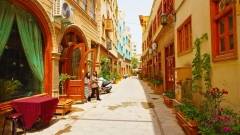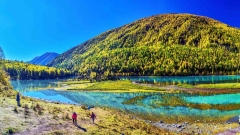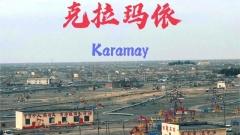Think you’ve seen everything Xinjiang has to offer? Kanas with its impossibly blue lakes, Yili’s blooming grasslands, and the scorching sun of Turpan? Think again. At the eastern edge of Xinjiang lies a city that’s been quietly hiding breathtaking scenery, deep stories, and unexpected surprises—Hami.
It may not have the crowds or influencer buzz of other destinations, but it’s got untouched grasslands, wild deserts, rugged mountains, and stunning wilderness. No filter is needed—Hami’s natural beauty is picture-perfect straight out of the lens, guaranteed to blow up your social media.
Yes, you’ve probably heard of Hami because of its famous melons. But there’s so much more to discover.
This is a city where you can run across grasslands, chase sunsets in the desert, taste fresh fruits, stroll through ancient towns—it’s an all-in-one travel experience that’s calm, immersive, and seriously underrated. And once you’ve been, you’ll want to recommend it to everyone you know.
So don’t just associate it with melons—the real Hami is way cooler than you think.
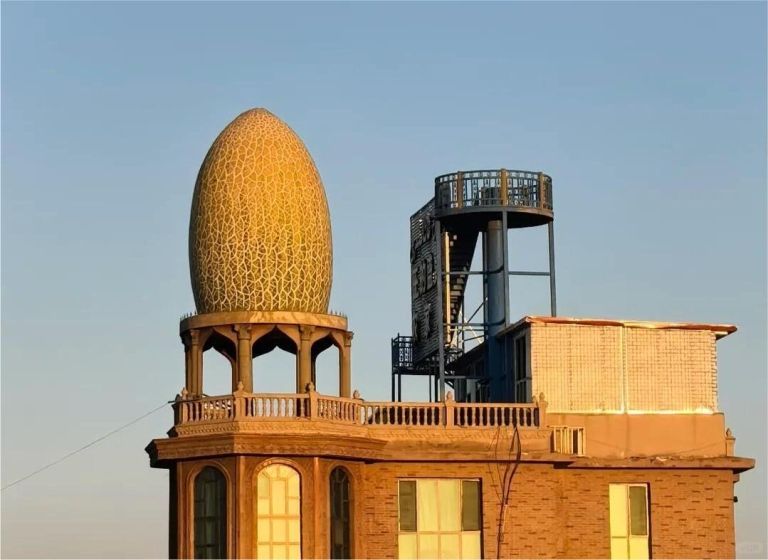
Xinjiang Hami
Where Is Hami and Why Should You Go?
Hami is located in eastern Xinjiang, bordering Gansu and Qinghai, and is often referred to as the “Eastern Gateway of Xinjiang.” Historically, it was a key node along the ancient Silk Road, acting as a bridge between China’s heartland and the western frontier. That makes it the perfect starting point for an in-depth Xinjiang tour—heading east, north, or south.
Geographically, Hami is a land of contrasts—featuring highland grasslands, glaciers, deserts, and otherworldly rock formations. Culturally, it is home to a rich mix of Han, Uyghur, Kazakh, and Hui ethnic influences. It’s a treasure trove where nature and tradition live side by side.
Top Places to Visit in Hami
1. Barkol Grassland: The Most Accessible Prairie in Xinjiang
One of Xinjiang’s best-preserved highland grasslands, Barkol bursts into green during summer. Livestock roam freely, and the area is a haven for sightseeing, photography, and escaping the heat. Every July and August, the Kazakh Nadam Festival is held here, featuring traditional horse racing, wrestling, and music.
Distance: ~120 km from Hami city
Entry: Most of the grassland is free; areas like Swan Lake charge ~CNY30
Recommended: ⭐⭐⭐⭐⭐
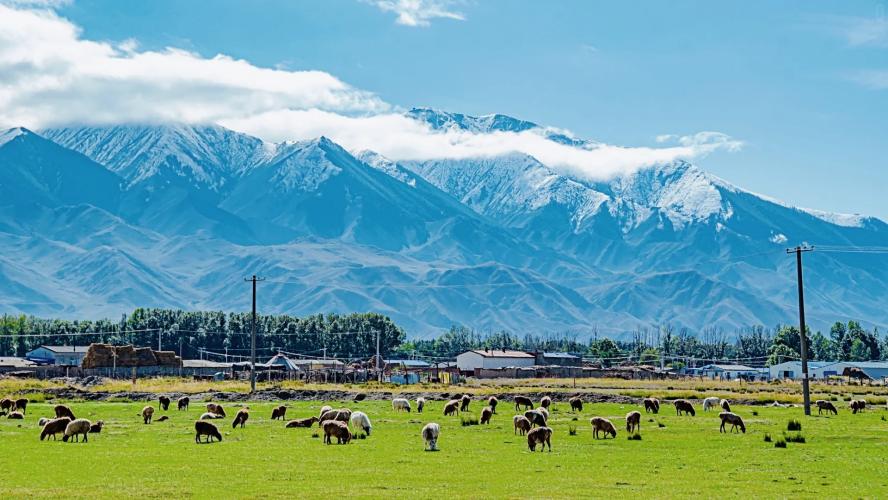
Xinjiang Barkol Grassland
2. Hami Ghost City (Wubao Yardang): The Most Mysterious Wind-Eroded Landscape
Less commercial than the well-known Urho Ghost City, Hami’s Wubao Ghost City is wild and raw. With stunning yardang formations carved by centuries of wind, the rocks resemble castles, monsters, and temples. At sunset, the scene turns surreal—like stepping onto another planet.
Distance: ~100 km from Hami
Entry: ~CNY60
Recommended: ⭐⭐⭐⭐

Xinjiang Hami Yadan Ghost City
3. Hami Hui King’s Palace: Tracing a Forgotten Kingdom
This palace once housed the “Hui King” during the Qing Dynasty and is now one of the best-preserved Islamic palaces in Xinjiang. It stands as a symbol of cultural exchange between the central Chinese empire and the western regions.
Location: Within Hami city
Entry: CNY40–CNY50
Recommended: ⭐⭐⭐⭐
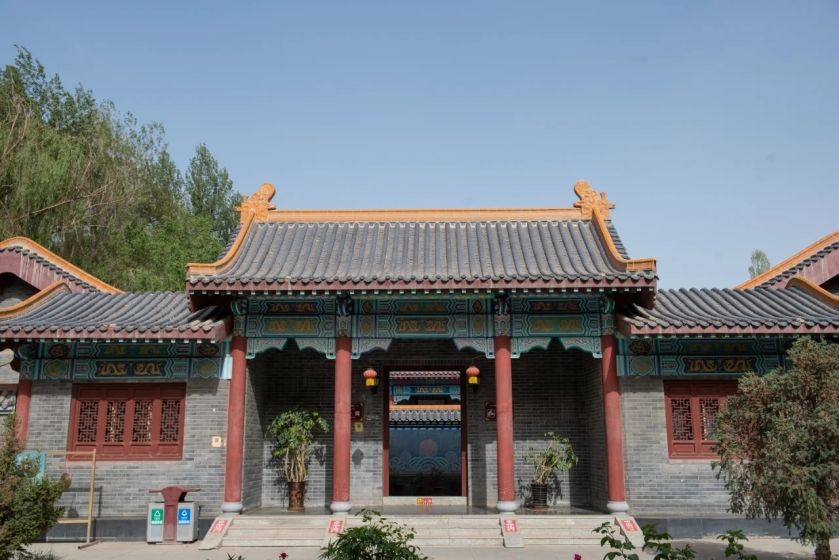
Hui King’s Palace in Xinjiang
4. Mingsha Sand Dunes & Yizhou Old Street: Where City Meets Desert
The Mingsha Dunes lie on the edge of the city and are Hami’s most accessible desert landscape. Nearby, Yizhou Old Street is a charming pedestrian zone showcasing Han and Uyghur architecture, perfect for trying local snacks, buying crafts, or soaking in the slow pace of city life.
Mingsha Entry: ~CNY30 (camel rides and sand sledding available)
Old Street: Free, best visited at sunset for atmosphere
Recommended: ⭐⭐⭐
What to Eat in Hami (Besides the Famous Melon)
Hami sits at the crossroads of eastern and western China, which makes its cuisine incredibly diverse—blending Xinjiang staples with Halal Chinese dishes. The result? Bold flavors, fragrant spices, and meals that are rich without being greasy.
Must-Try Dishes:
- Hami Melon: Sweetest from late July to August—buy roadside from farmers and eat fresh!
- Spicy Chicken with Wide Noodles: A signature dish full of heat and flavor
- Hand-pulled rice, baked buns, tandoor-cooked lamb: Classic Xinjiang comfort foods
- Dried fruits: Sweet melon slices, red dates, and raisins—great as souvenirs
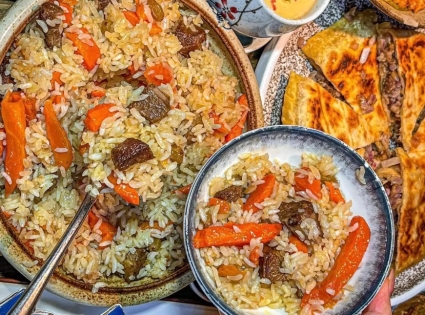
Hand-pulled rice
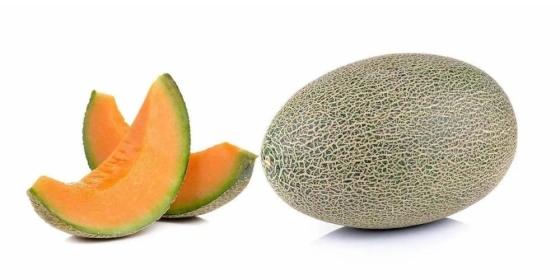
Hami Melon

Baked buns
Recommended Southern Xinjiang tourist routes
8-Day Xinjiang Pamir Plateau Tour: Urumqi, Pamir Plateau, Kashgar, Tashkurgan & More
Best Time to Visit & Suggested Itineraries
When to Go:
- Summer (June–August): Lush grasslands, melon season, pleasant temperatures
- Autumn (Sept–Oct): Stunning sunsets over Ghost City, crisp air, great for photography
- Winter (Dec–Feb): Snowy peaks and frozen landscapes—but some areas may be closed
Travel & Accommodation Tips
1.How to Get to Hami:
- By Plane: Direct flights from many Chinese cities; flight time ~2–4 hours
- By High-Speed Rail: The Lanzhou–Xinjiang high-speed rail line stops at Hami (~3 hrs from Urumqi)
- By Car: Well-maintained highways from Turpan or Dunhuang; ideal for road trips or private tours
2.Where to Stay:
- City hotels range from 3- to 5-star, priced around CNY200–CNY600/night
- Near Barkol Grassland, try local yurts or homestays—a rustic but immersive experience
A Hidden Gem Ready to Shine
In the vast expanse of Xinjiang, Hami stays quiet yet captivating. It may not boast fame or crowds, but it holds ancient Silk Road charm, untamed wilderness, and genuine hospitality.
Here, you can gallop across a prairie by day and sip milk tea in an old town by night. The scenery doesn’t shout—it simply unfolds in all its vastness. Life here doesn’t rush—it flows, slowly and meaningfully.
So if you plan a trip to Xinjiang, don’t just pass through. Stop at the eastern gate. Give Hami a chance—and let it surprise you.





